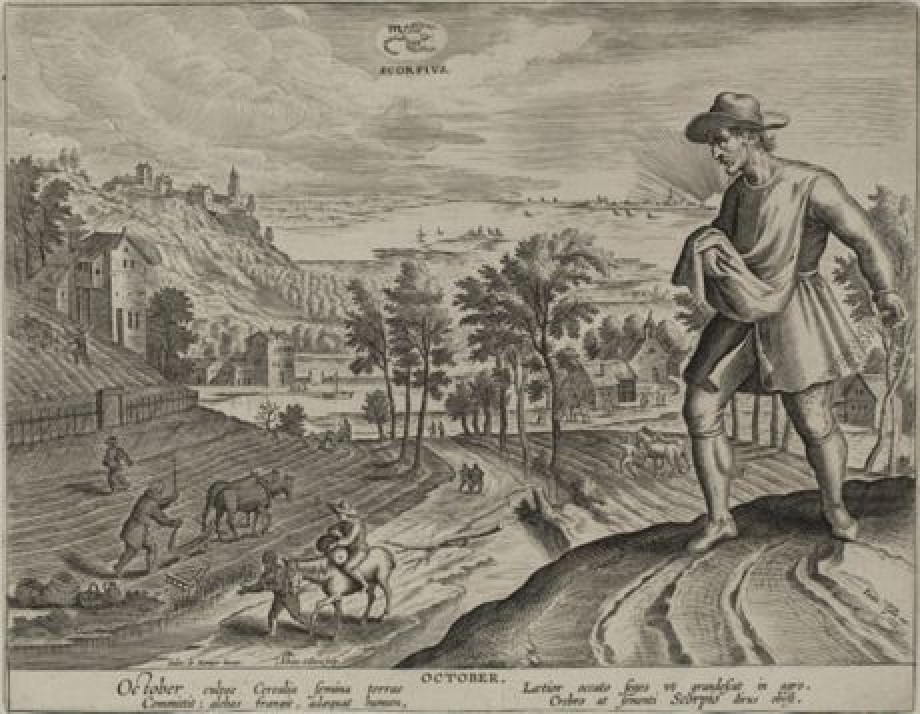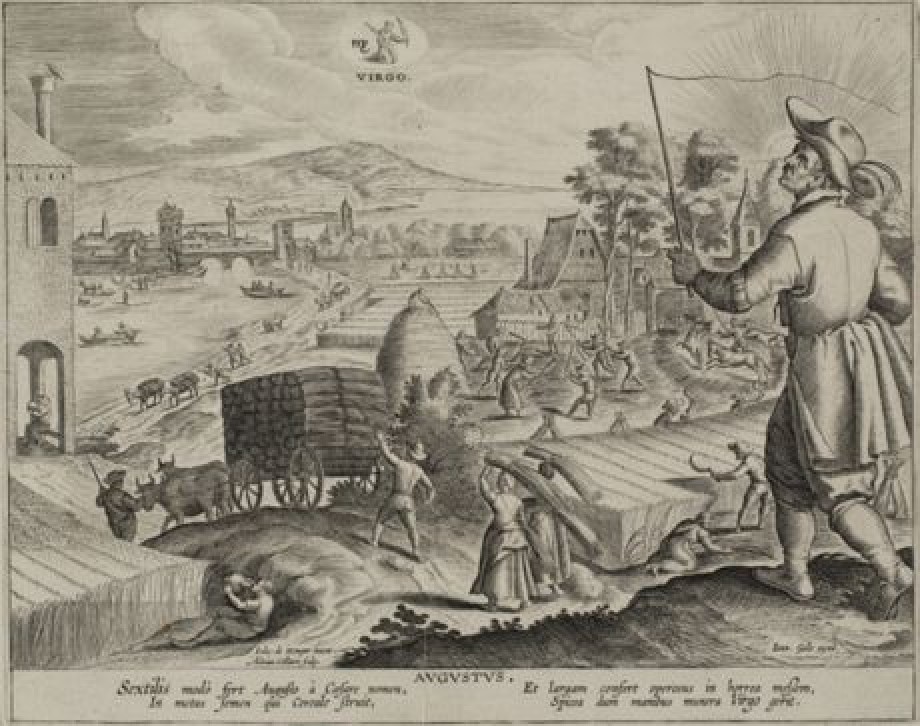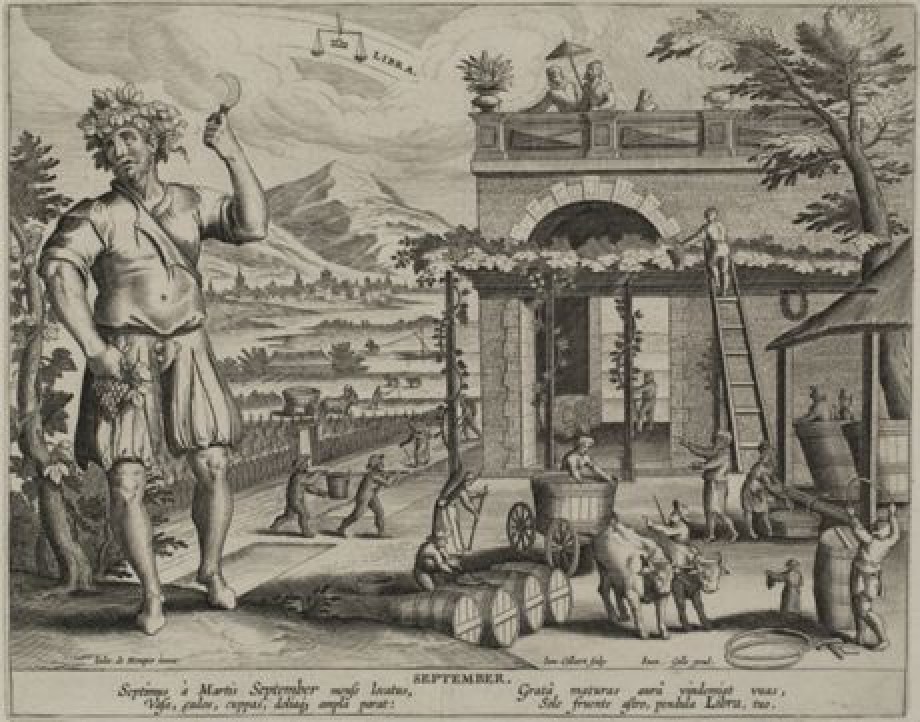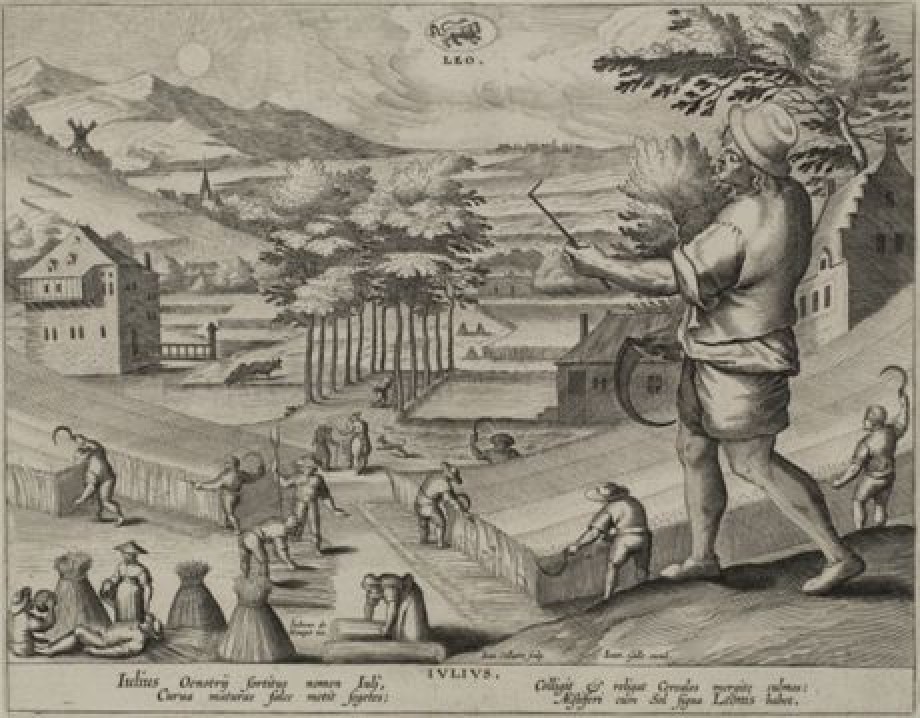Frontispiece of the book Francisci Aguilonii Opticorum libri sex. Antverpiae ex officina Plantiniana by François de Aguilón (Antwerp 1613)

Artist(s) / maker(s)
Theodoor Galle (engraver),
Peter Paul Rubens (inventor)
,
Jan II Moretus (publisher)











